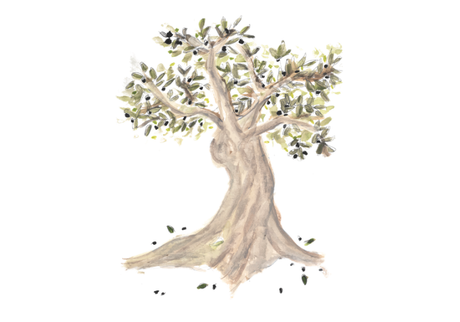Olive Oil is first and foremost about the fruit… A matter of variety and maturity !
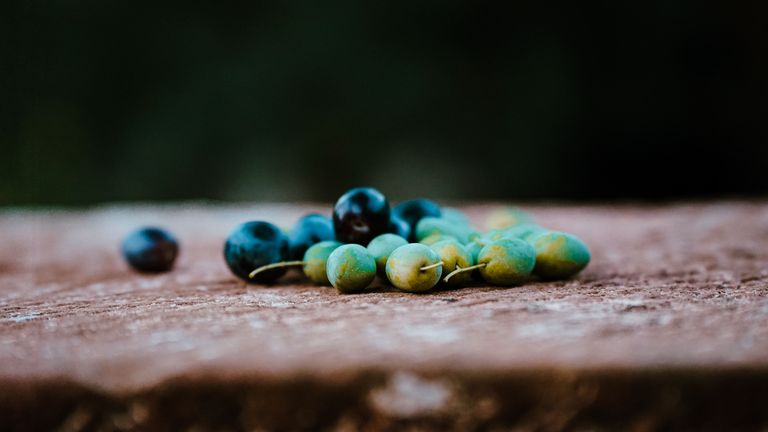
February 18, 2020
Subjective Criteria for Choosing Olive Oil:
- The aesthetics of the bottle
- The price
- The region or country of origin
Objective Criteria for Choosing Olive Oil:
- The variety of the olive
- The maturity of the fruit
- An opaque container to protect the oil
- Traceability: Who is the producer?
The Variety :
Although it is mandatory to mention the origin or harvest location of the olives on the bottle, the information is often unclear. Terms like "Olive oil originating from the European Union" – olives from Italy, Spain, France – or "Olive oil from the European Union and outside the European Union" – olives from the Mediterranean basin – make it hard to know where the oil truly comes from. This generally refers to blended olive oils, often of varying qualities, and most of the time with a "neutral" taste.
However, the variety of olive defines the uniqueness of the oil, its character, and its typicity!
There are 1,200 varieties of olives around the Mediterranean basin, 400 of which are used to produce olive oil. If you taste a single-variety (monovarietal) olive oil – made from just one type of olive – you will quickly appreciate its taste and elegance in the mouth.
Maturity
Do not confuse the variety of the olive with its maturity. The color of the olive does not define its variety… A black olive is simply a green olive that has ripened! It's that simple!
The olive is a winter fruit, harvested from October to January. Depending on the maturity stage at which the olive is harvested, the oil will have a different taste.
There are 3 stages of maturity :
Green Olive or Green Fruit: We refer to it as "Fruity Green" because the olives are harvested early in October, while still green. Once extracted, the olive oil offers very herbaceous aromas and reveals a certain spiciness, a slight bitterness that should be balanced by the producer.
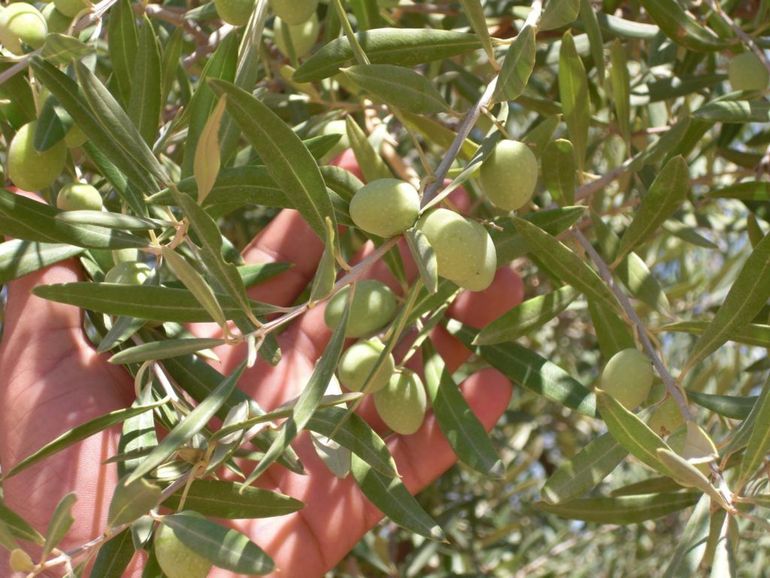
Ripe Olive or Turning Fruit (violet): Known as "Fruity Ripe." The olives are harvested at the peak of ripeness, often between November and December. This oil is smoother, more balanced, and can present aromas reminiscent of apple, almond, tomato, or even artichoke.
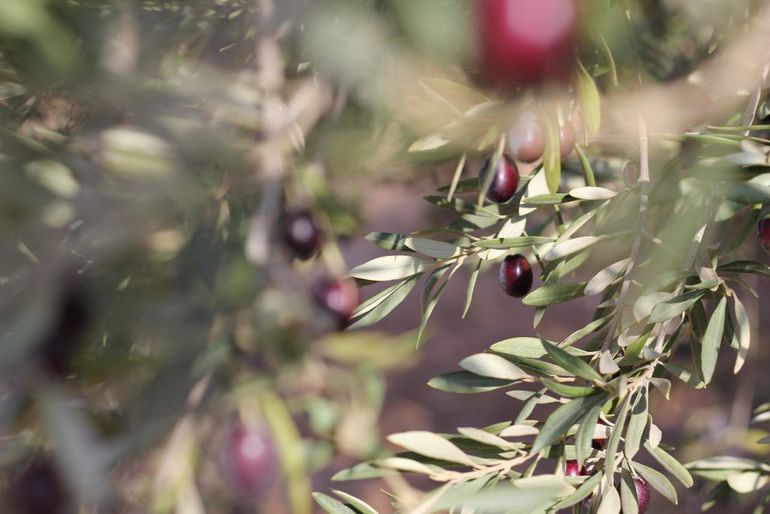
Ripe & Matured Olive: In the past, this was called "Black Fruity." The olives are harvested late, at the end of December, and are left to mature for several days before being pressed. This "old-fashioned" method creates an olive oil with characteristic aromas of preserved black olives, with a bold, intense flavor.
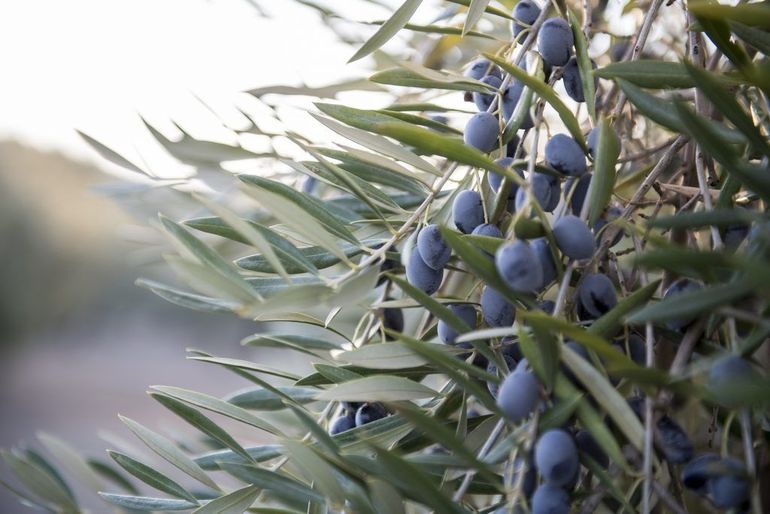
The term "Black Fruity" is no longer permitted. The new world and its regulatory bodies – often overly standardized – consider this type of olive oil as having an organoleptic defect. It is automatically downgraded to "Virgin." This oil is indeed oxidized due to its late harvest maturation; but aren't there wines made from late harvests, which are oxidative? Think of a "Château Yquem"!
Our 18:1 Olive Oil, made from the Cornicabra variety with matured fruits, is highly praised by the culinary world and fine connoisseurs. Loved for its bold and rich flavor, it is perfect for vegetables, meats, and fish.
Discover the olive oils produced by Alexis Muñoz on our online store.

